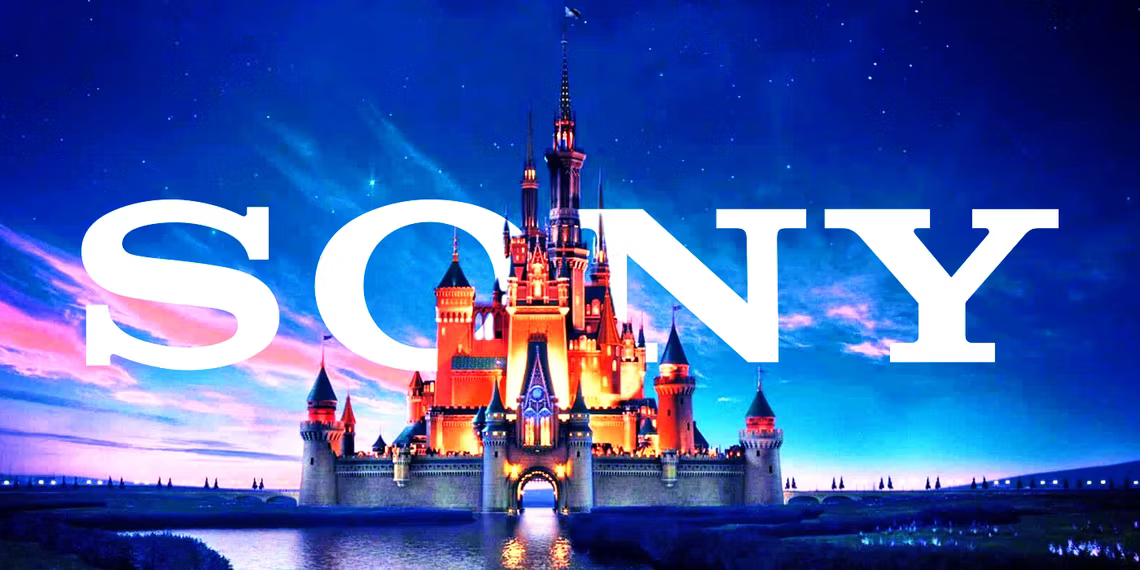
Disney has decided to entrust Sony Entertainment with the future of its Blu-ray, DVD, and other physical media formats. This decision marks a significant transition for Disney, a company that has historically been at the forefront of home entertainment innovations.
The agreement between Disney and Sony encompasses the marketing, sales, and distribution of both new releases and titles from Disney’s extensive library. This move is seen as a response to the changing habits of consumers, who increasingly favor digital streaming services over physical media.
Why Is Disney Moving Away from Physical Media?
The context for Disney’s decision is highlighted by several key developments in the industry, indicating a broader trend away from physical media:
- Netflix Exit: Netflix announced its intention to exit the DVD-by-mail service, signaling a significant move away from physical formats in favor of digital streaming.
- Best Buy’s Decision: Best Buy, a major electronics retailer, revealed its plans to cease selling DVDs and Blu-ray discs in its stores, further evidencing the declining demand for physical media.
- Shared Resources: Warner Bros. Discovery and Universal have adapted to the changing market by forming Studio Distribution Services (SDS), a joint venture to manage their DVD and Blu-ray operations, along with several partners including STX, PBS, and Neon. This indicates a growing industry preference for collaboration in managing physical media distribution amidst declining sales.
Disney’s transition to a licensing model with Sony signifies a major shift in strategy for the entertainment giant. A Disney insider highlighted the company’s ongoing evaluation of its market approach, emphasizing that this change is driven by rapidly evolving consumer behaviors and media consumption patterns.
How Has Disney Pioneered Home Entertainment Over the Years?
This move is not isolated. Warner Bros. Discovery and Universal have also adapted to the changing market by forming a joint venture, Studio Distribution Services (SDS), to manage their DVD and Blu-ray operations. SDS collaborates with several partners, including STX, PBS, and Neon, indicating a growing industry preference for shared resources in managing physical media distribution.
Disney’s history with home entertainment dates back to the early days of VHS. The company was among the first to release its films on video cassette, starting with “Mary Poppins” in 1980. Disney also played a crucial role in the Blu-ray versus HD DVD format war, throwing its support behind Sony’s Blu-ray, which ultimately emerged as the dominant high-definition format. Furthermore, Disney innovated with the “Disney Vault” marketing strategy, periodically releasing its library titles on home video for limited times to drive demand.
Streaming’s Impact on Physical Media
However, the rise of streaming services has significantly impacted the physical media landscape. Streaming platforms offer vast libraries of content without the need for physical storage, leading to a decline in DVD and Blu-ray sales. Yet, there’s a potential silver lining for physical media. Strategic decisions by streaming services, such as removing titles from their catalogs or introducing advertising, have created a niche market. Collectors and enthusiasts who value ownership and unrestricted access to content may turn to DVDs and Blu-rays as a reliable alternative.
Filmmakers Advocate for Physical Media
Notably, filmmakers have voiced support for physical media. Director Christopher Nolan, for example, has encouraged fans to purchase Blu-ray editions of his films, like “Oppenheimer,” to ensure they retain access to these works, even if they are removed from streaming platforms. Nolan’s emphasis on the quality of physical releases underscores the value that DVDs and Blu-rays can offer in terms of picture and sound quality, as well as special features and director’s commentary, which are often absent from digital versions.
Disney’s decision to partner with Sony for its physical media distribution reflects a strategic adaptation to the shifting dynamics of the entertainment industry. While digital streaming continues to grow, the move suggests that there remains a place for physical media, particularly among collectors and those who value the permanence and quality of DVDs and Blu-rays. As the market continues to evolve, Disney and Sony’s partnership may offer insights into the future role of physical media in an increasingly digital world.
In summary, Disney’s decision to outsource its Blu-ray and DVD business to Sony reflects the evolving landscape of media consumption. Despite challenges in the physical media market, this partnership suggests that there is still a niche demand for DVDs and Blu-rays. Moving forward, it will be intriguing to observe how this collaboration shapes the market and whether physical media can maintain a viable presence alongside digital streaming services.
Related News:
Featured Image courtesy of CBR
